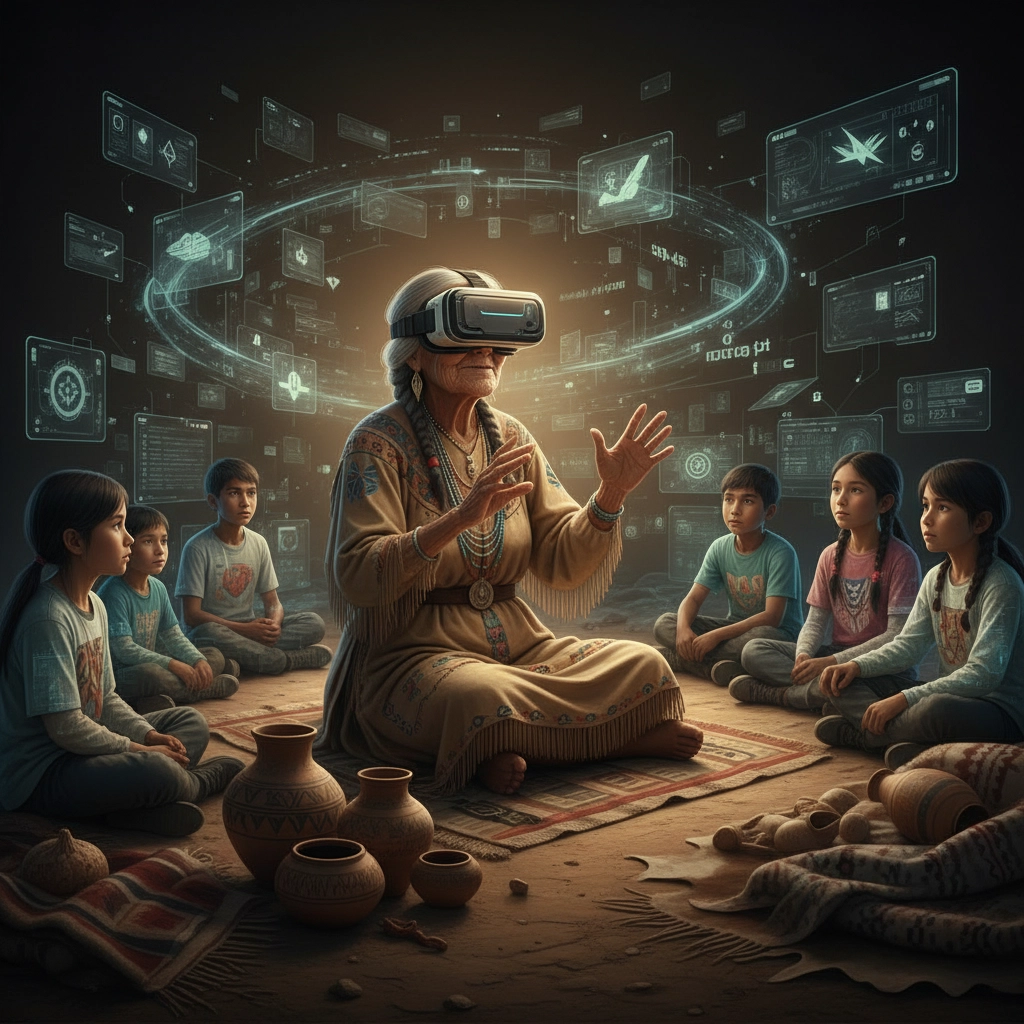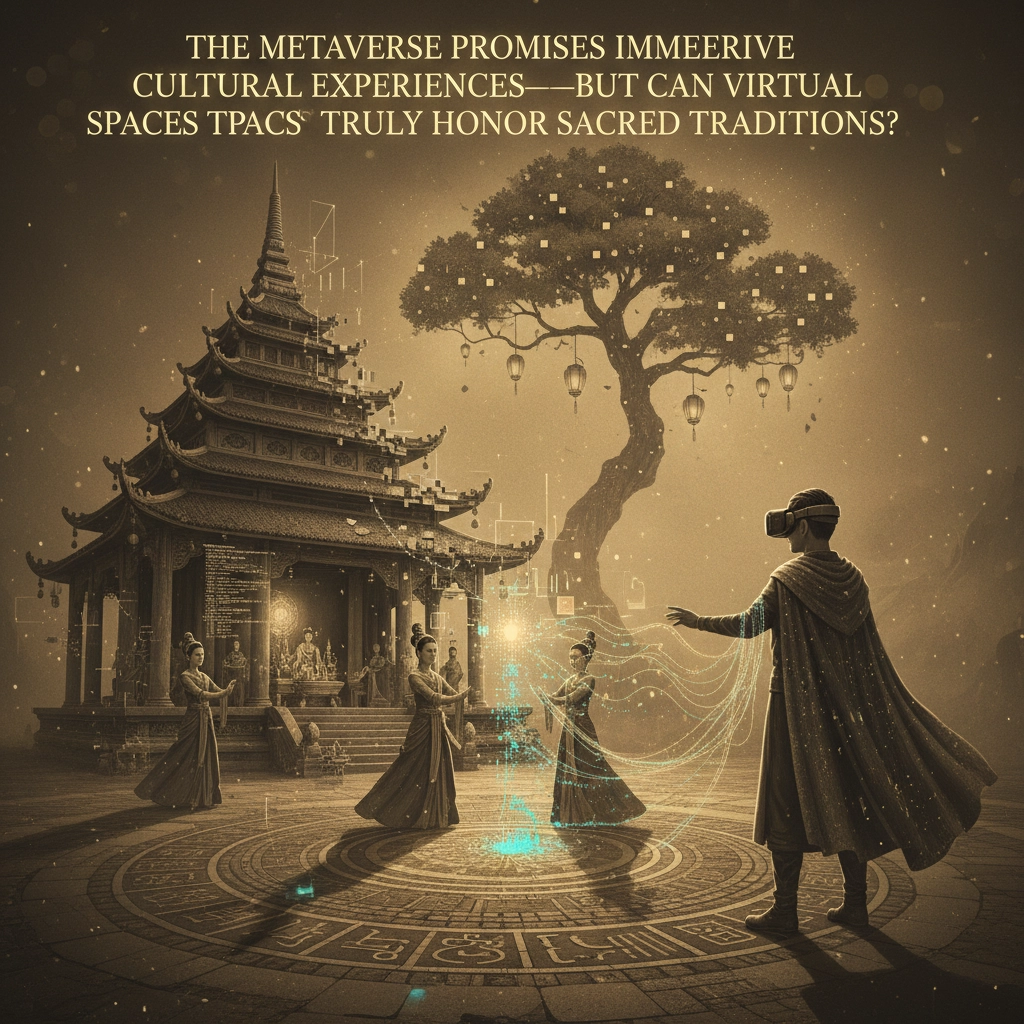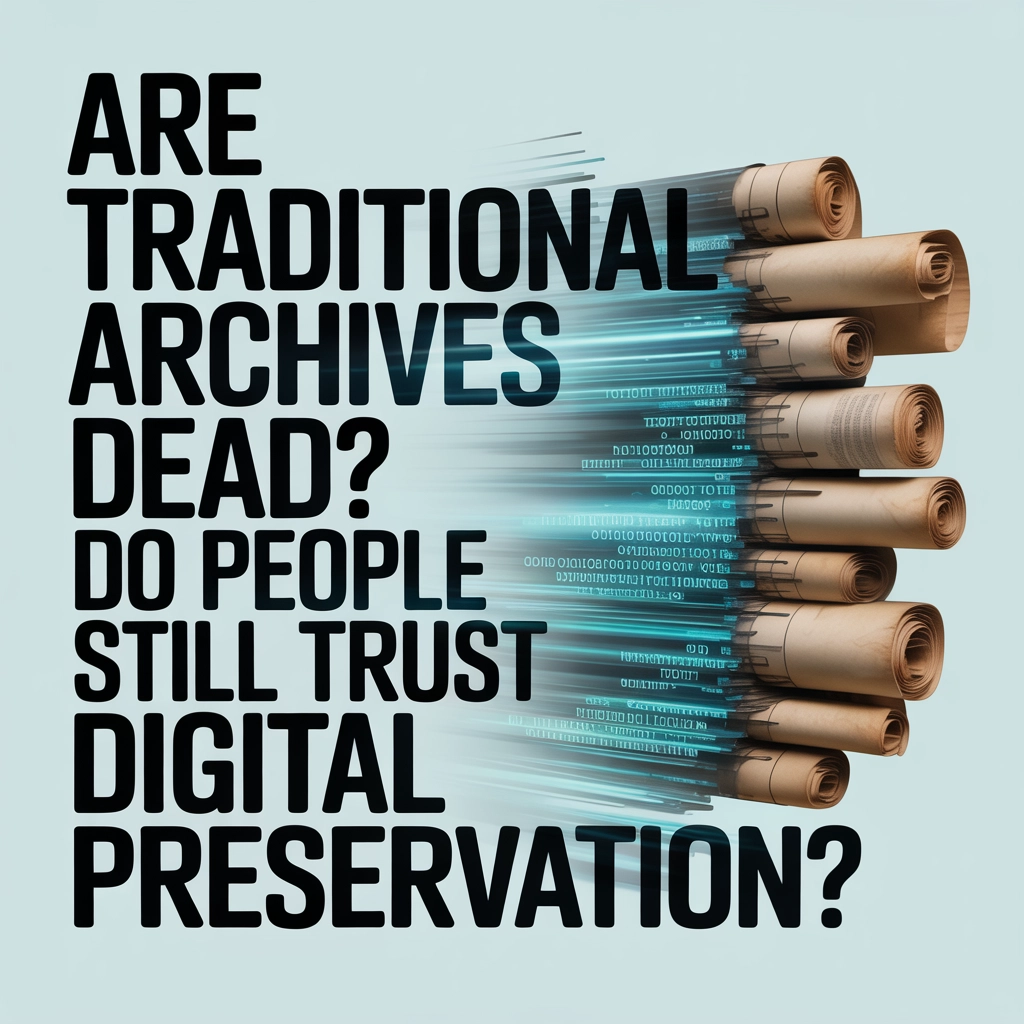The metaverse stands at a crossroads between innovation and reverence. As we witness virtual reconstructions of ancient temples, digital prayer circles, and immersive cultural ceremonies, we're confronted with a profound question: Can technology that promises to connect us all actually preserve the sacred essence of our most treasured traditions?
This isn't just about building prettier 3D models or creating more engaging experiences. We're talking about the delicate balance between making sacred wisdom accessible to global communities while respecting the integrity of traditions that have been carefully guarded for generations.
The Promise of Digital Sacred Spaces
The metaverse offers something unprecedented in human history: the ability to transcend physical boundaries and bring sacred spaces directly to anyone, anywhere. Imagine an elder in rural Alaska sharing traditional stories with youth in urban São Paulo, or a grandmother in Lagos teaching ancestral prayers to her grandchildren studying abroad.

Virtual reconstructions of sacred sites like Myanmar's Shwedagon Pagoda, Cambodia's Angkor Wat, and Japan's Kodaiji Temple are already demonstrating this potential. These digital spaces preserve not just architectural details, but also the symbolic meanings and spiritual elements that make these places sacred to their communities.
For communities whose sacred sites face physical threats: from climate change, conflict, or urban development: the metaverse presents a lifeline. These virtual environments can serve as permanent repositories of cultural knowledge, ensuring that future generations can still experience the wisdom of their ancestors even if the physical spaces are compromised.
The technology also addresses practical barriers that have long limited access to sacred knowledge. Geographic distance, physical disabilities, economic constraints, and visa restrictions no longer need to prevent sincere seekers from participating in meaningful cultural exchanges. A virtual powwow can welcome participants from across the globe, while a digital mosque can host prayers for Muslims in areas without nearby religious facilities.
The Authenticity Question: More Than Just Pretty Pictures
Yet as we celebrate these possibilities, we must grapple with deeper questions about what makes something truly sacred. Can a virtual reality headset capture the feeling of cool stone beneath bare feet in an ancient temple? Can algorithms replicate the subtle energy shift that occurs when a community gathers in prayer?

The challenge extends beyond sensory experience. Sacred traditions are living systems: they evolve through human interaction, community consensus, and spiritual guidance that can't simply be programmed into code. A traditional ceremony isn't just a series of movements and words; it's a communion between participants, ancestors, and spiritual forces that operate beyond the digital realm.
We're seeing this tension play out in current metaverse implementations. While gaming platforms like Roblox and Sandbox now feature religious role-playing experiences, many of these reduce complex spiritual traditions to simplified mechanics. The risk of trivialization is real when sacred practices become "content" designed primarily for engagement metrics.
Cultural experts working on Thai temple preservation projects have noted that technical limitations can make virtual pilgrimage experiences feel tedious rather than transcendent. When character movements feel clunky or virtual environments lack the subtle atmospheric qualities that contribute to spiritual presence, the technology can actually distance participants from the sacred rather than bringing them closer.
Who Gets to Decide? Community Consent and Cultural Ownership
Perhaps the most critical question facing virtual sacred spaces isn't technological: it's ethical. Who has the authority to digitize sacred traditions? How do we ensure that cultural heritage isn't extracted and commodified without proper consent from the communities that created and maintain these practices?

The history of cultural appropriation teaches us to approach this territory with extreme caution. Too often, well-meaning preservation efforts have resulted in sacred knowledge being removed from its proper context, stripped of its protocols, and presented in ways that violate the very principles the traditions were meant to uphold.
Successful virtual sacred spaces require unprecedented collaboration between technologists and tradition holders. This means elders and spiritual leaders must be involved from the earliest stages of design, not consulted as an afterthought. It means community ownership of data and decision-making power over how their traditions are represented and shared.
Some communities are already establishing protocols for digital cultural sharing. Indigenous groups across North America are developing frameworks for protecting sacred knowledge while still allowing appropriate educational sharing. These models emphasize community control, context preservation, and respect for traditional protocols even in digital spaces.
Sacred vs. Spectacle: Drawing the Line
The metaverse's emphasis on engagement and entertainment creates inherent tension with traditions that prioritize reverence and contemplation. How do we create virtual experiences that invite deeper spiritual connection rather than shallow consumption?
The answer may lie in understanding that sacred spaces have always been designed with intention. Traditional architecture, ritual timing, and community protocols all serve to create appropriate containers for spiritual experience. Virtual sacred spaces need similar intentional design: not just to replicate visual elements, but to cultivate the right internal conditions for meaningful engagement.

This might mean building in requirements for preparation, education, or community introduction before accessing certain virtual experiences. It could involve creating different levels of access: with more sacred or sensitive content requiring deeper community relationship and understanding.
Some pioneering projects are experimenting with "digital protocols" that mirror traditional approaches to sacred engagement. Virtual meditation spaces that require participants to complete preparatory practices, digital ceremonies that include traditional opening and closing rituals, or educational journeys that build cultural understanding before allowing access to more sacred content.
The Technology of Reverence
The future of virtual sacred spaces isn't just about better graphics or more immersive hardware: it's about developing what we might call "technology of reverence." This means designing digital tools that prioritize spiritual growth, cultural understanding, and community connection over mere engagement metrics.
Artificial intelligence could play a crucial role here, not in replacing human spiritual guidance, but in supporting it. AI systems trained to recognize appropriate context, maintain cultural protocols, and guide participants through traditional learning pathways could help ensure that virtual sacred experiences remain authentic to their origins.
We're already seeing promising developments in this direction. AI language preservation tools are helping communities create digital archives of prayers, teachings, and ceremonial instructions in their original languages. Machine learning algorithms are being used to analyze traditional music and identify patterns that help preserve ancestral songs for future generations.

The key is ensuring that these technologies remain tools in service of communities rather than replacing human relationship and wisdom. The most successful virtual sacred spaces will likely be those that use technology to strengthen rather than substitute for traditional forms of spiritual guidance and community connection.
Walking the Sacred Path Forward
The metaverse's promise for sacred traditions isn't inherently good or bad: it's a reflection of how we choose to use it. Like any powerful tool, its impact will depend on the intentions, wisdom, and care with which we approach its development.
The communities already pioneering respectful virtual sacred spaces offer valuable lessons. They prioritize community consent over technological possibility. They emphasize education and relationship-building over quick access. They maintain traditional protocols even as they adapt to digital formats.
Perhaps most importantly, they recognize that virtual sacred spaces aren't meant to replace traditional practices, but to extend their reach and preserve their wisdom for future generations. The goal isn't to create a substitute for authentic spiritual community, but to build bridges that help more people find their way to it.
As we stand at this technological crossroads, we have the opportunity to demonstrate that innovation and reverence aren't opposing forces. By centering community wisdom, maintaining cultural protocols, and designing technology that serves spiritual growth rather than mere engagement, we can create virtual sacred spaces that truly honor the traditions they seek to preserve.
The metaverse can indeed honor sacred traditions: but only if we approach it with the same reverence, intentionality, and community commitment that these traditions have always required. The choice is ours to make, and the ancestors are watching.
Ready to explore how technology can respectfully serve cultural preservation? Learn more about our community-centered approach to digital heritage projects.



